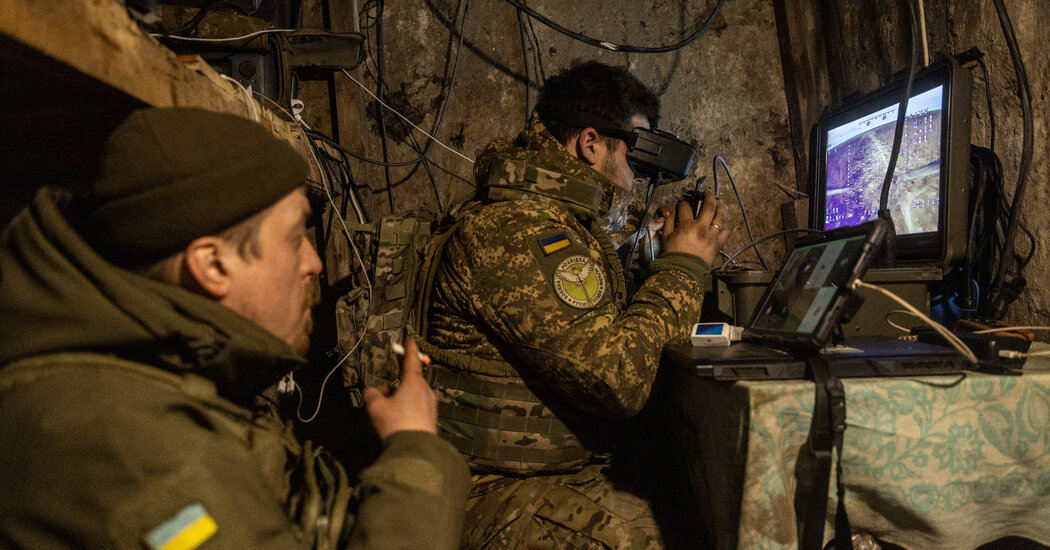
In recent days, Ukraine has conducted a series of drone strikes inside Russia, including one of the longest-range strikes of the war, which targeted radar stations used, at least in part, as early warning systems. nuclear warning from Moscow.
Ukraine struck a radar station near the border with Kazakhstan on Monday, more than 1,100 miles away, a Ukrainian intelligence official said. Ukrainian experts said the facility was used to detect missile threats from Asia.
On Tuesday morning, the governor of Russia's Krasnodar region reported that a Ukrainian drone was shot down in the sky over the city of Armavir, where two radar stations are located. Ukraine reported no new strikes that day.
Ukraine has used its own drones and missiles to carry out these attacks, but they come as officials in Kiev have made urgent appeals to the United States for permission to launch powerful American-made weapons against Russia. The Biden administration has resisted these calls for weeks for fear of being drawn into a broader war, but has now agreed to let Ukraine use its weapons to fire on Russia, if only at the military sites used to attack the Kharkiv area.
The attacks on radar systems also worry American officials about escalation, according to a senior Biden administration official. The administration expressed its concern to Ukraine this week over Kiev's recent drone and missile attacks on at least three nuclear warning radar stations in Russia over the past two weeks, the official said.
By striking deeper into Russia, analysts say, Ukraine hopes to force Russia to extend its air defense systems deep into the country so that Moscow cannot build up its defensive weapons near the border. In this sense, military experts say, the attacks have a military purpose even if the radar systems are not used in warfare.
In Monday's attack, Ukraine hit a radar station in the region around Orsk with a long-range drone made in Ukraine and launched from inside the country, an official from Ukraine's military intelligence agency said. The official spoke on condition of anonymity to discuss sensitive military operations.
Satellite images verified by The New York Times on Monday showed damage to the radar station that had not occurred the day before. The images show damage consisting of burns, including to the center of the radar system itself. From the images it was not possible to determine what had hit the structure.
Russian media reported an attack on a military facility in the region where the radar station is located, but did not specify what exactly was hit. The drone was launched from Ukrainian territory and produced in Ukraine by the main military intelligence agency, the official said.
In Tuesday's strike, a Telegram message posted by the governor's office said an unmanned aerial vehicle had been destroyed by air defense forces over Armavir. He said there were no casualties or damage.
The extent of the destruction caused by Monday's drone attack is unknown. Defense Express, a Ukrainian open-source military analysis group, said the radar system was designed to warn against missiles coming from Russia's south and east, such as those flying from China or India.
The attack followed a pattern of successful Ukrainian drone strikes inside Russia, even as the Ukrainian military defended itself from the advancing ground war in the country's east.
Ukraine has created domestically produced weapons to conduct long-range attacks and is increasing the production of these weapons. About 200,000 drones were produced in Ukraine in the first months of this year, compared to 60,000 last year, the Ukrainian army's General Staff said.
However, drones cannot change the situation along the front line, where Russia has an advantage in artillery and missiles and is advancing along multiple points. This is why Ukraine appealed to America and its allies for permission to launch powerful Western weapons against Russia.
Kiev uses Western weapons to strike Russian-occupied Ukrainian territory, including Crimea.
Riley Mellen AND Haley Willis contributed to the reporting.
